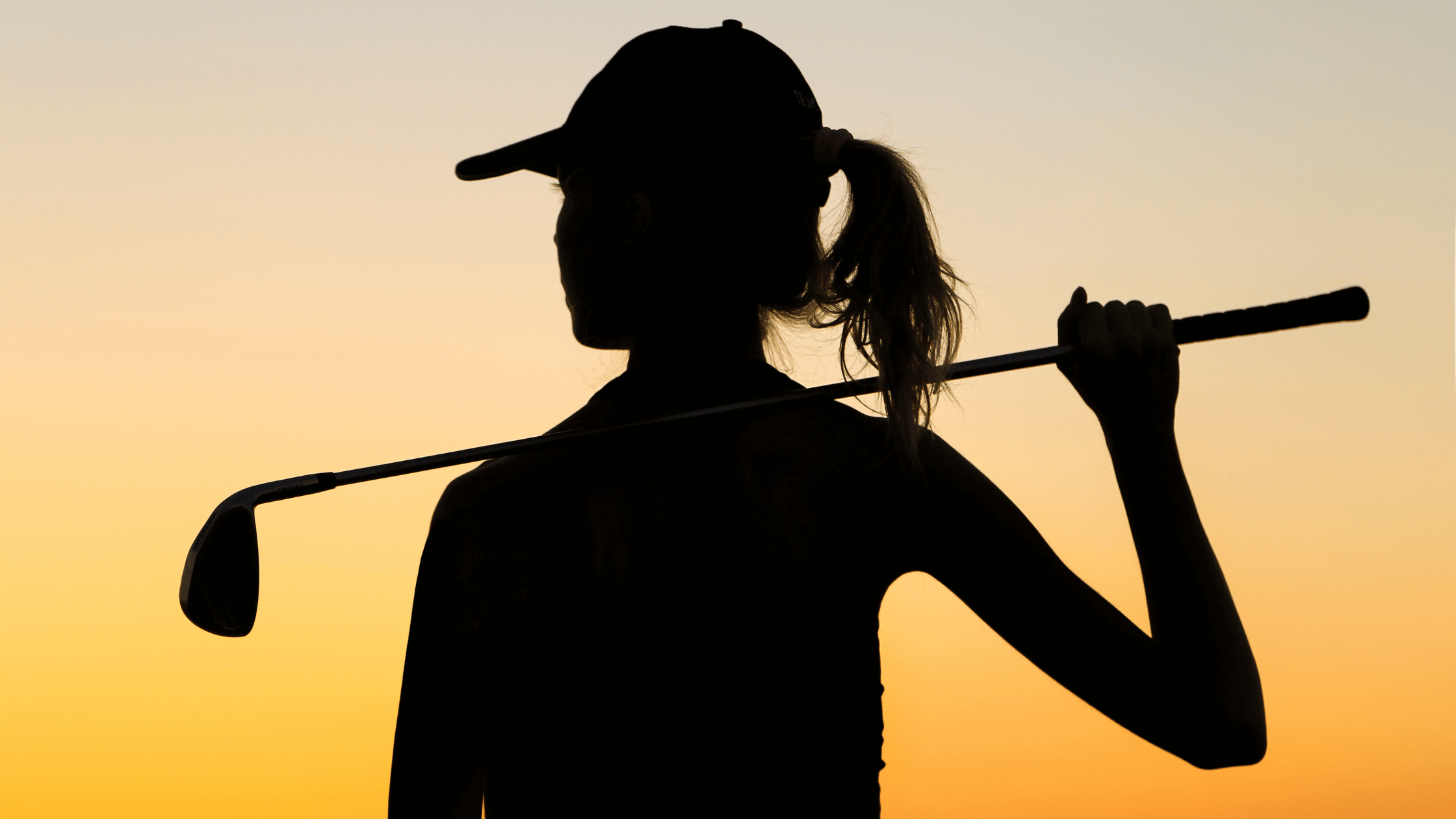Elbow Pain in Golfers: Recovery Strategies and Physical Therapy

Licensed Physical Therapist, PT, DPT // Dry Needling Certified // Titleist Performance Institute Certified // Director of Player Development, EW Golf // EW Motion Therapy Homewood // EW Motion Therapy Trussville
Golf is a sport synonymous with skill, patience, and precision, but it can also be a source of unexpected physical strain, particularly on the elbows. You may have experienced this discomfort as a golfer, wondering how it affects your game and what can alleviate it. Physical therapy can often be an effective treatment to reduce pain and improve mobility - we love helping our golfers at EW Motion Therapy do this daily. But whether you pursue physical therapy with us or not, you can still read on to understand elbow pain in golfers, exploring its causes, impacts on your game, self-help strategies, and the pivotal role of physical therapy in your journey to recovery.
Understanding elbow pain in golf: common conditions
Golfer's elbow
Golfer's elbow, medically known as medial epicondylitis, is a prevalent condition causing pain and inflammation inside the elbow. This discomfort results from overuse of the muscles in the forearm, leading to strain and micro-tears. Repetitive swinging and gripping, a core aspect of golf, often contributes to this condition.
Tennis elbow: not exclusive to tennis players
Ironically, golfers are also susceptible to tennis elbow or lateral epicondylitis. This condition affects the outside of the elbow, stemming from repetitive stress and overuse of the forearm muscles. While the name might suggest otherwise, tennis elbow is not confined to tennis players; golfers frequently encounter this due to the nature of their swing and grip. This condition is often seen in the lead arm of the golf swing from repetitive contact with the ground.
Other contributing factors
Elbow pain in golfers can also arise from other sources, such as arthritis, nerve entrapment, or previous injuries. Understanding these conditions is crucial in addressing the root cause of your discomfort.
Impact of elbow pain on your golf game
Performance reduction
Elbow pain can significantly affect your performance on the golf course. Discomfort during swings can alter your technique, leading to inconsistent shots and an increased risk of further injury. The mental aspect of dealing with chronic pain can also be a distraction, affecting your focus and overall enjoyment of the game.
Long-term consequences
Ignoring or playing through elbow pain can lead to more severe conditions, potentially sidelining you from the game you love. Chronic pain may develop, and the continuous strain on your muscles and tendons could result in lasting damage, requiring more extensive treatment.
Self-help strategies for elbow pain
Rest and ice
One simple and often effective strategy is to give your elbow time to heal. Resting from activities that exacerbate the pain and applying ice to reduce inflammation can provide immediate relief.
Stretching and strengthening exercises
Incorporating specific exercises to stretch and strengthen the muscles around your elbow can be tremendously beneficial. Gentle stretching helps maintain flexibility, while targeted strengthening exercises can build muscle, reducing the risk of future injuries.
Equipment and technique adjustments
Evaluating your golf equipment and technique can also be vital in managing elbow pain. Using clubs with the right grip size and firmness can reduce stress on your elbows. Working with a golf instructor to refine your swing technique can also alleviate unnecessary strain.
The role of physical therapy in managing elbow pain
Personalized assessment and treatment
Physical therapists specialize in assessing musculoskeletal issues and devising personalized treatment plans. They can identify specific factors contributing to your elbow pain and develop a targeted approach to address them.
Advanced therapeutic techniques
Physical therapists employ various techniques, such as manual therapy, ultrasound, or dry needling, to alleviate pain and promote healing. These methods can reduce inflammation, improve blood flow, and enhance recovery.
Rehabilitation and prevention
Beyond immediate pain relief, physical therapists focus on rehabilitation, guiding you through exercises that improve strength and flexibility. They also educate you on prevention strategies, ensuring you can enjoy golf without the fear of recurring elbow pain.
Embracing a holistic approach to recovery
Physical therapy is not about treating the symptoms; it's about understanding the interplay between your body, sport, and lifestyle. By addressing elbow pain through physical therapy, you embrace a holistic approach to recovery, ensuring a smoother journey back to the fairways.
Elbow pain in golfers, while common, should not be an accepted part of the game. Understanding the conditions that cause it, recognizing its impact on your performance, employing self-help strategies, and seeking the expertise of a physical therapist can set you on a path to recovery. Remember, taking proactive steps to manage your elbow pain improves your game and enhances your overall quality of life, allowing you to enjoy golf to its fullest, pain-free. We consider it a privilege to walk alongside our golfers at EW Motion Therapy as we help them play their best game. If you’re curious about what else physical therapy can do for your golf game, click the button below to download our answers to 20 frequently asked questions.


